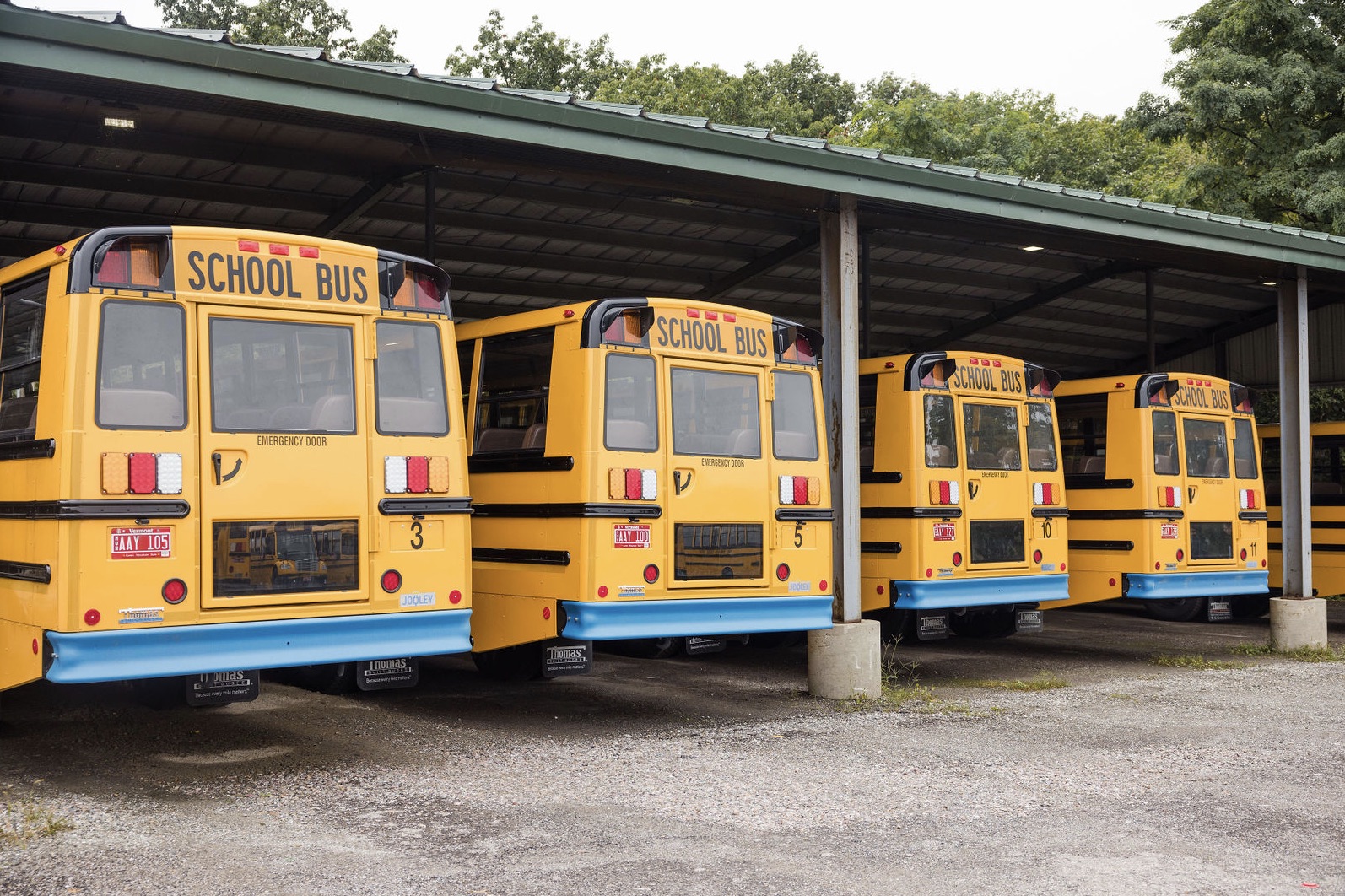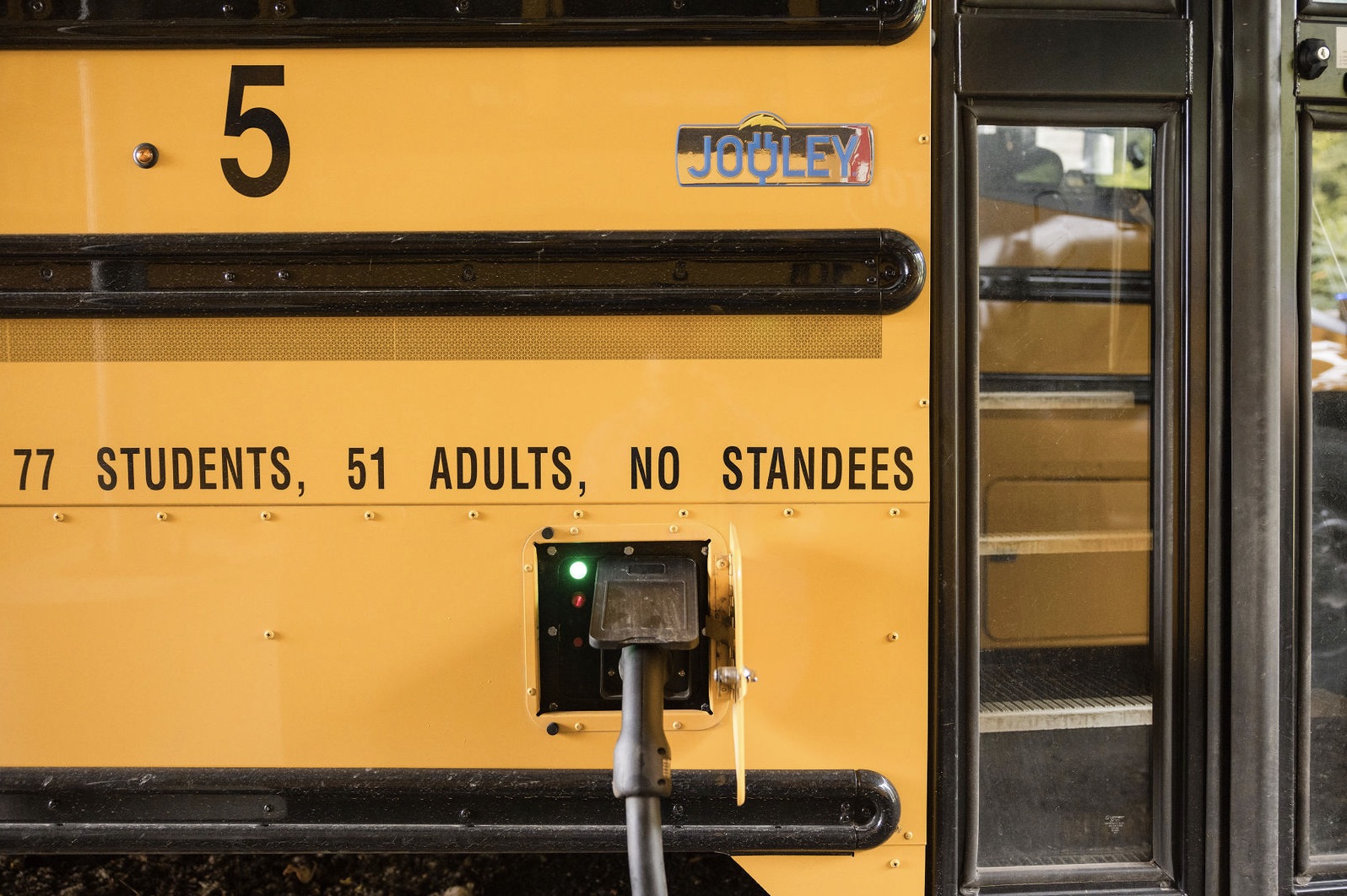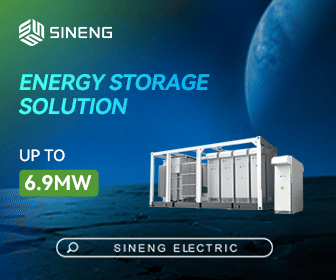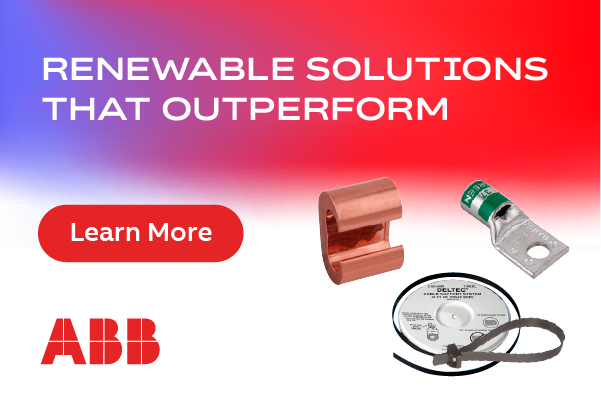How the Yellow School Bus is Helping Modernize the US Grid
According to a recent report from the US Energy Information Administration, though 2024 saw record-setting levels of energy consumption, demand isn’t slowing down anytime soon. This comes less than six months after a separate reportestimated the US grid would need to increase its capacity to generate and deliver electricity by 16 percent in the next four years to keep pace with growing energy needs.
Simply put, the country is currently writing energy checks that the grid can’t comfortably cash.
It should come as no surprise, then, that in states seeing high concentrations of data centers like Virginia, Georgia, and Tennessee, utilities are coping by keeping coal plants open past original closure dates and making plans to build more natural gas plants. But these non-renewable energy sources also come with higher health and environmental risks.
Of course, renewable energy sources and battery storage solutions are also helping strengthen the grid. But considering the grid interconnectivity queue has become a major bottleneck to bringing these resources online, faster, more flexible options are needed.

Electric School Buses (ESBs) are stepping up to the challenge. Thanks to Vehicle-to-Grid (V2G) technology, where energy is pulled from the batteries of plugged-in EVs and brought back to the grid, ESBs are stabilizing the grid and helping create a stronger energy ecosystem.
Why Electric School Buses are ideal V2G candidates
Though an increasing number of EVs ranging from passenger to larger commercial vehicles are boasting bi-directional charging capabilities, the use cases for smaller batteries and/or less-predictable charging schedules are currently limited.
This is largely because utilities need just as much transparency into when the grid would hypothetically be receivingenergy, as they do when they know energy demands will be high (for example, during a summer heatwave). Unforeseen surges in energy in either direction — whether away from or toward the grid — can lead to brown- or blackouts.
Electric school buses, therefore, make excellent candidates for V2G programs as they have large battery capacity and predictable route schedules. More importantly, much of their downtime happens to coincide with peak demand hours, especially in hot summer months. In a V2G program in Vermont, for example, when power was being pulled from four ESBs, it saved the equivalent of taking 80 homes off the grid.
Conducting V2G orchestration in ESBs
Though the theory behind V2G technology sounds simple, the reality is much more complex. One of the greatest obstacles has been the ability of a utility to “see” what potential energy sources are connected to the grid at any given time and how much energy is available to be pulled from those sources.
Then there is the issue of communication and asking if that energy is up for sale. Though large commercial EVs have significantly sized batteries, they also depend on those batteries to complete their routes. No fleet operator is going to okay the use of their battery power if it comes at the expense of business running smoothly — especially if that business is ensuring children get home from school safely.
Luckily, software makes it possible to bring all these disparate data sources together, i.e., the power needs of the grid, the bi-directional chargers connected to vehicle batteries, and the future energy needs of those vehicles regarding their scheduled routes. Adaptive algorithms can then do the work of receiving an energy request for the utility, determining how much of that energy can be safely pulled from connected vehicles, and signaling chargers to execute on transferring that energy back to the grid.

Benefits of V2G for communities and schools
In addition to helping support the grid in times of strain, these kinds of V2G transactions hold immense potential to benefit schools and communities. To begin with, after switching from diesel-fueled buses to electric, both student health and attendance rates improve, not to mention lowering local CO2 emissions and improving air quality.
Moreover, the energy that is pulled from batteries back to the grid can generate revenue.
This is possible because of utility rates that align incentives with reducing peak demand through programs like demand response or through the wholesale market. When utilities buy energy back, fleet operators can make a profit because school buses are charged overnight when prices are at their lowest. In fact, a V2G project in Vermont that included four electric school buses generated over $16,600 in just two years.
Though the grid may be facing growing pains due to evolving electricity demands and the “new normal” of extreme weather events, V2G technology is not only serving as a critical stopgap, but also opening doors to further innovations within the energy ecosystem. V2G is creative problem-solving at its best — turning everyday school buses into energy heroes and bringing Ms. Frizzle’s Magic School Bus to life, right in your neighborhood.
 Shana Patadia is Head of Business Development at Synop. Synop uses AI-based platform automation, telematics integrations, and real-time monitoring tools to seamlessly connect vehicles, chargers, and the grid through end-to-end software solutions that optimize EV charging and energy management.
Shana Patadia is Head of Business Development at Synop. Synop uses AI-based platform automation, telematics integrations, and real-time monitoring tools to seamlessly connect vehicles, chargers, and the grid through end-to-end software solutions that optimize EV charging and energy management.
Synop | www.synop.ai
Author: Shana Patadia









